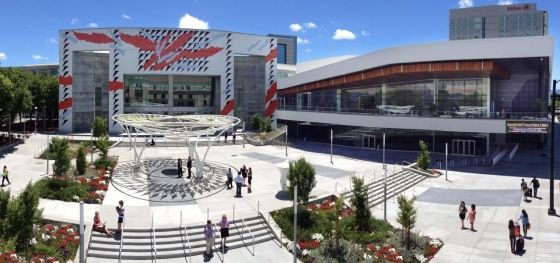You have been tasked with planning your organization’s next big meeting, conference or convention, and the stakeholders in your company have asked you to consider unfamiliar destinations and hotels. They have asked you to “shake it up” and basically start the planning process from scratch.
This document will help you do just that. Whether this is your first conference or your 40th, our step-by-step guide will give you great advice along the way. Each chapter is built upon the previous one, but the wonderful thing about this guide is that you can skip to the chapters that are the most relevant to you and your organization.
This guide will teach you about the elements of choosing the perfect destination and venue, which includes writing a responsive RFP, analyzing the results, looking at other considerations the RFP may not have addressed (including a site visit) and negotiating a “win-win” for both parties.
Most importantly, Cvent wants this to be a tool you can continually return to for guidance and help. Please give us your feedback about ways it has helped you plan your most successful conference yet!







